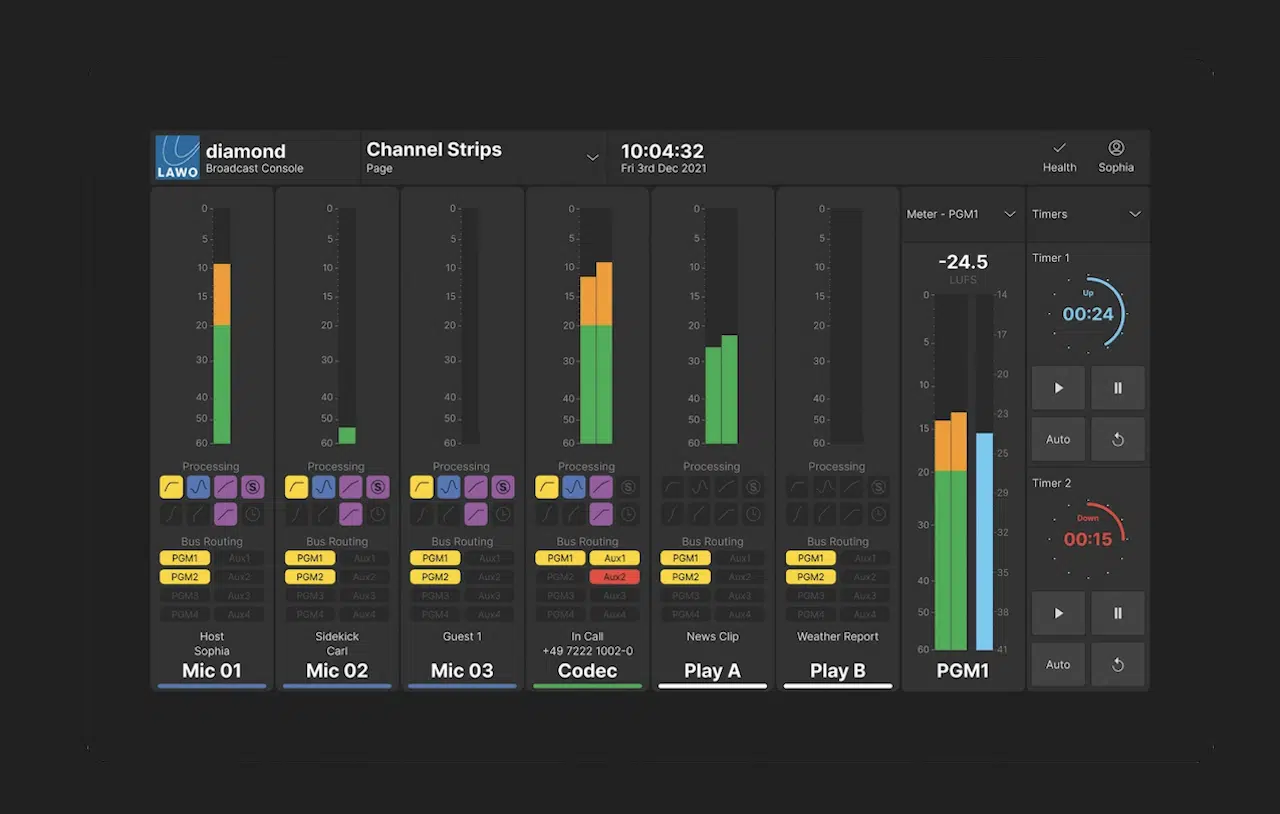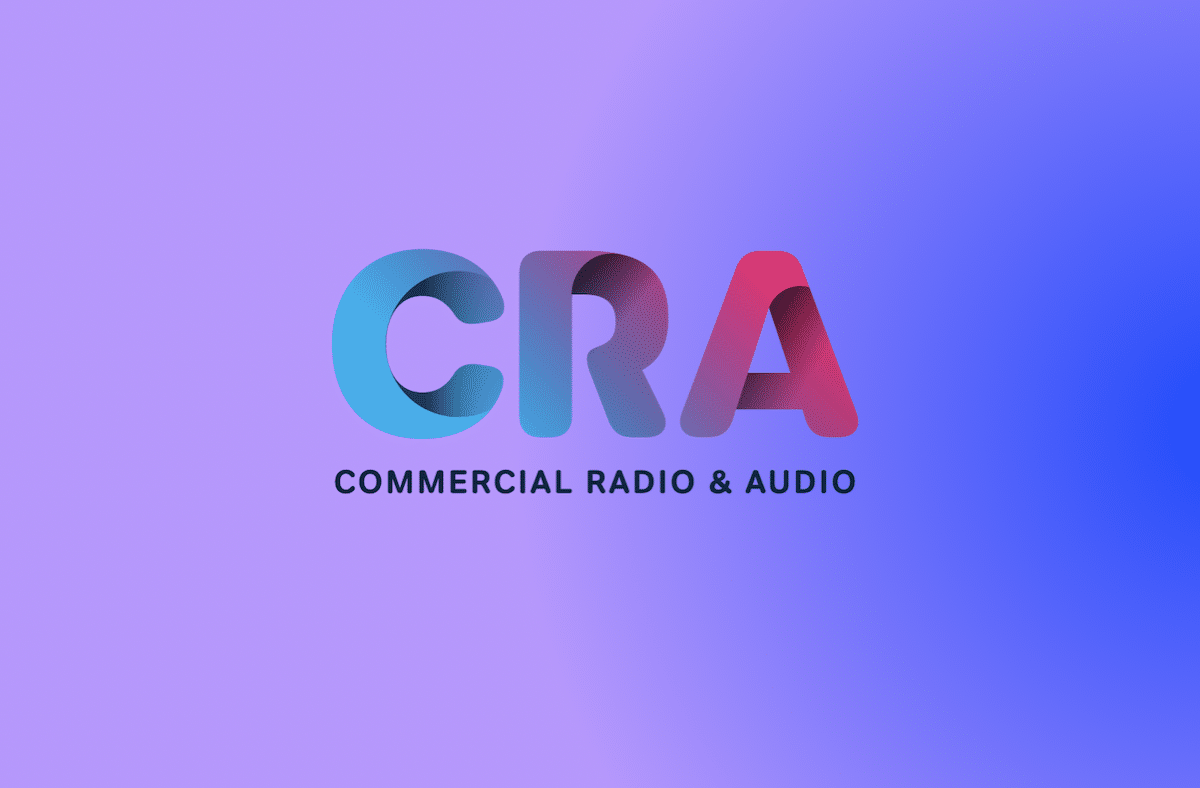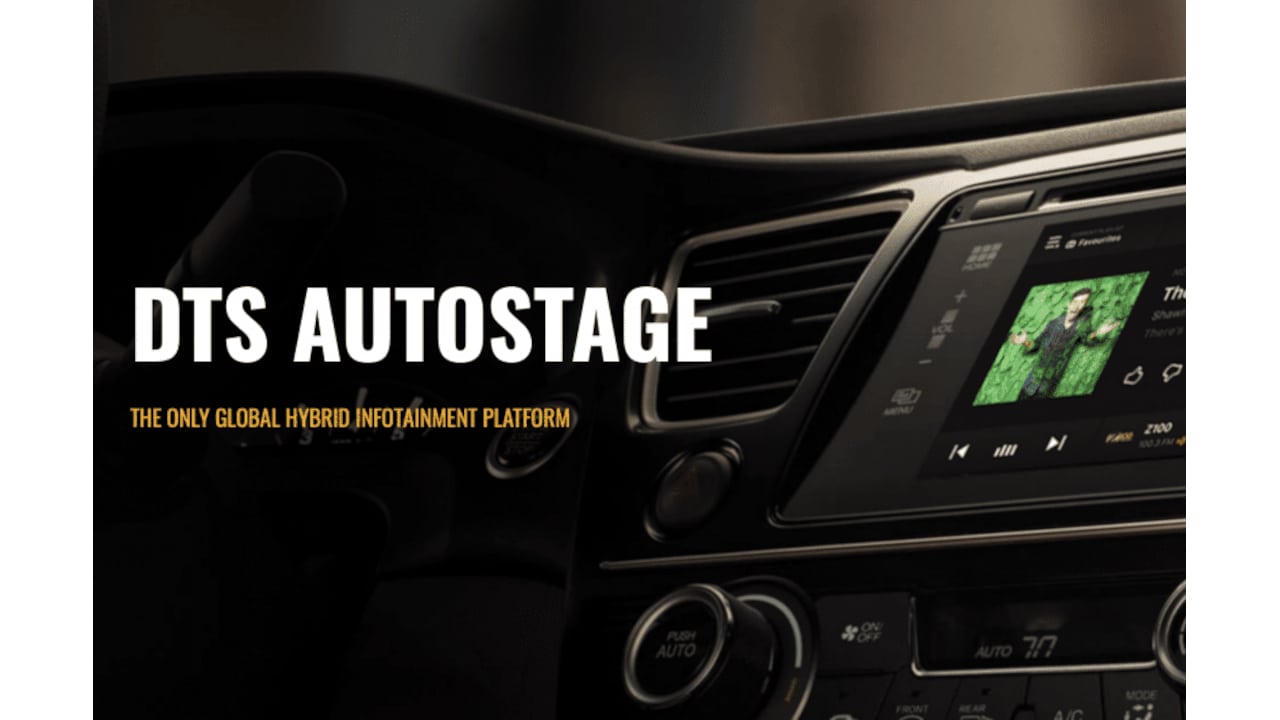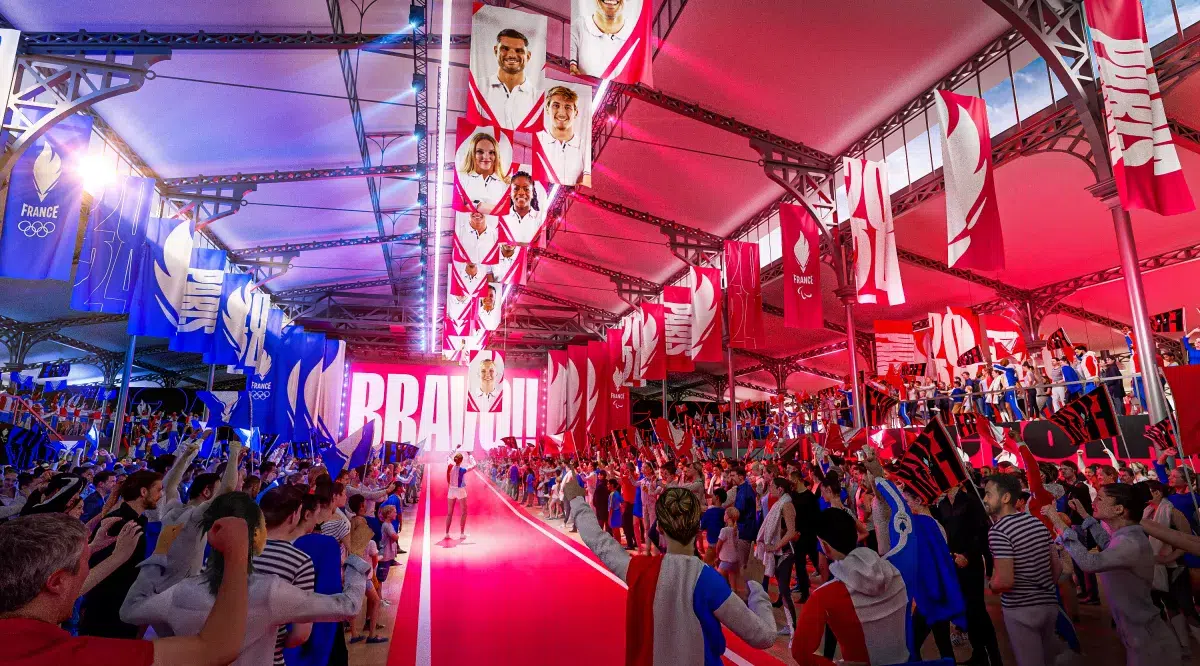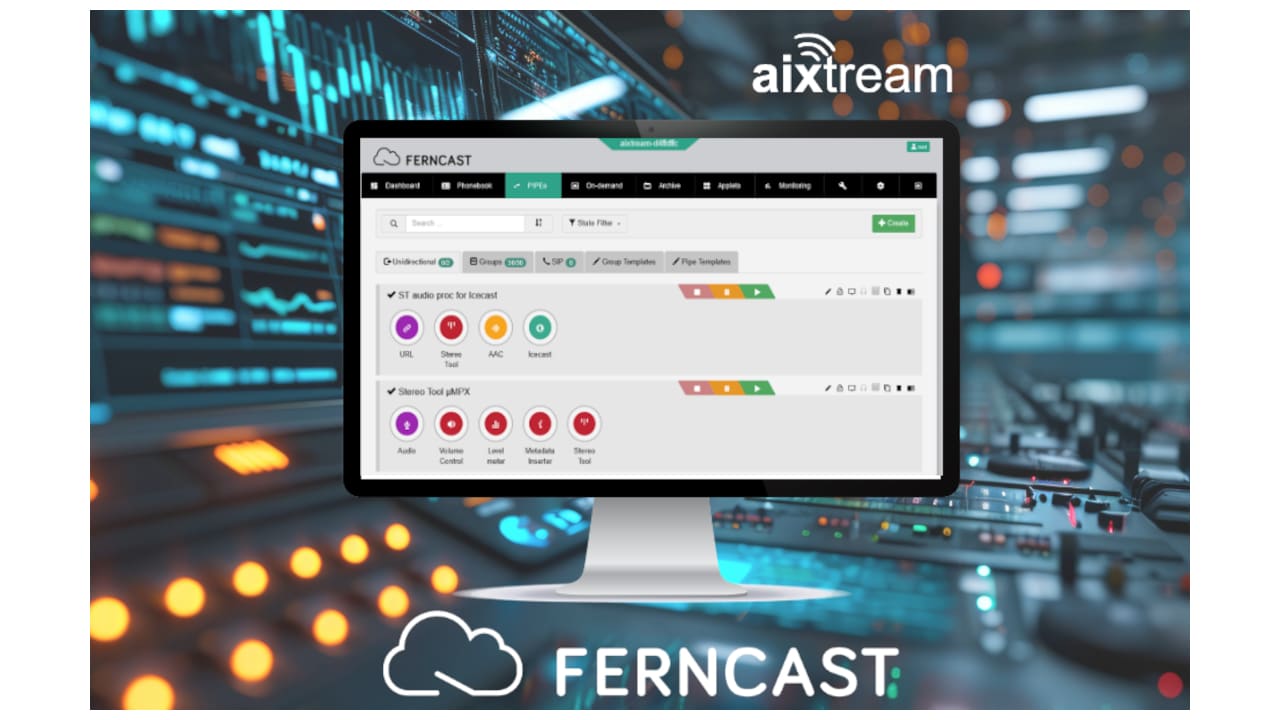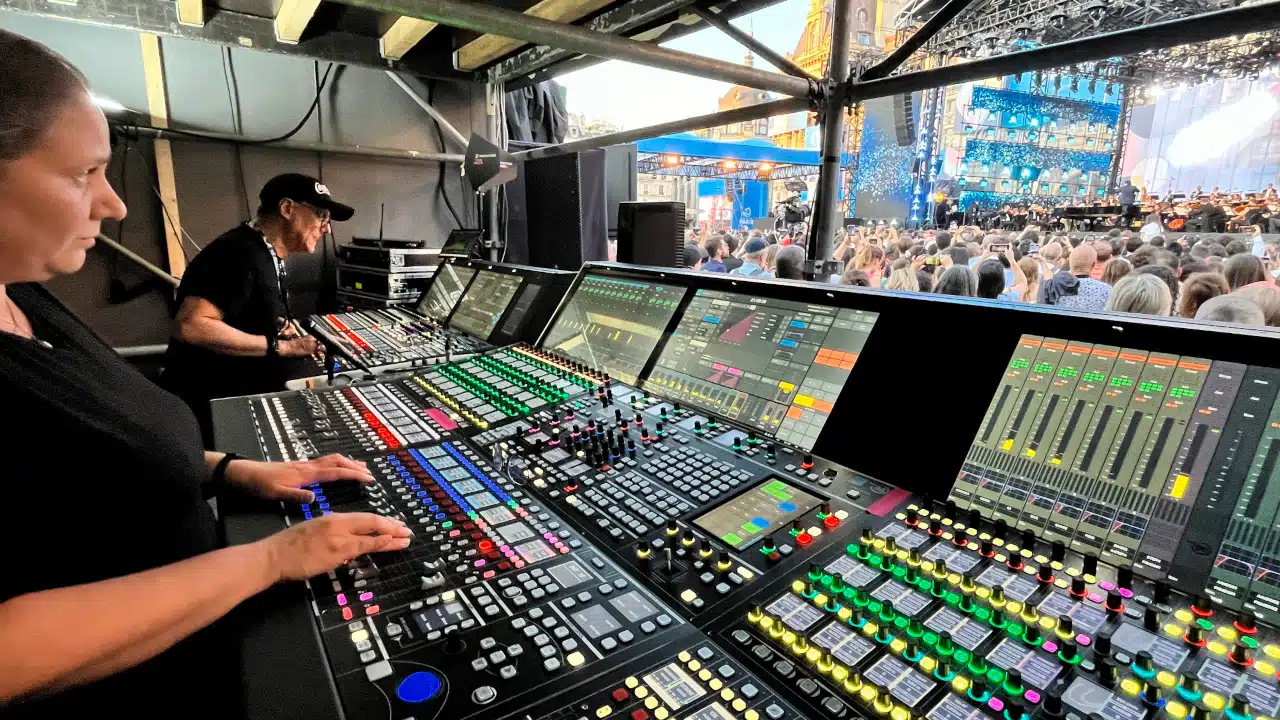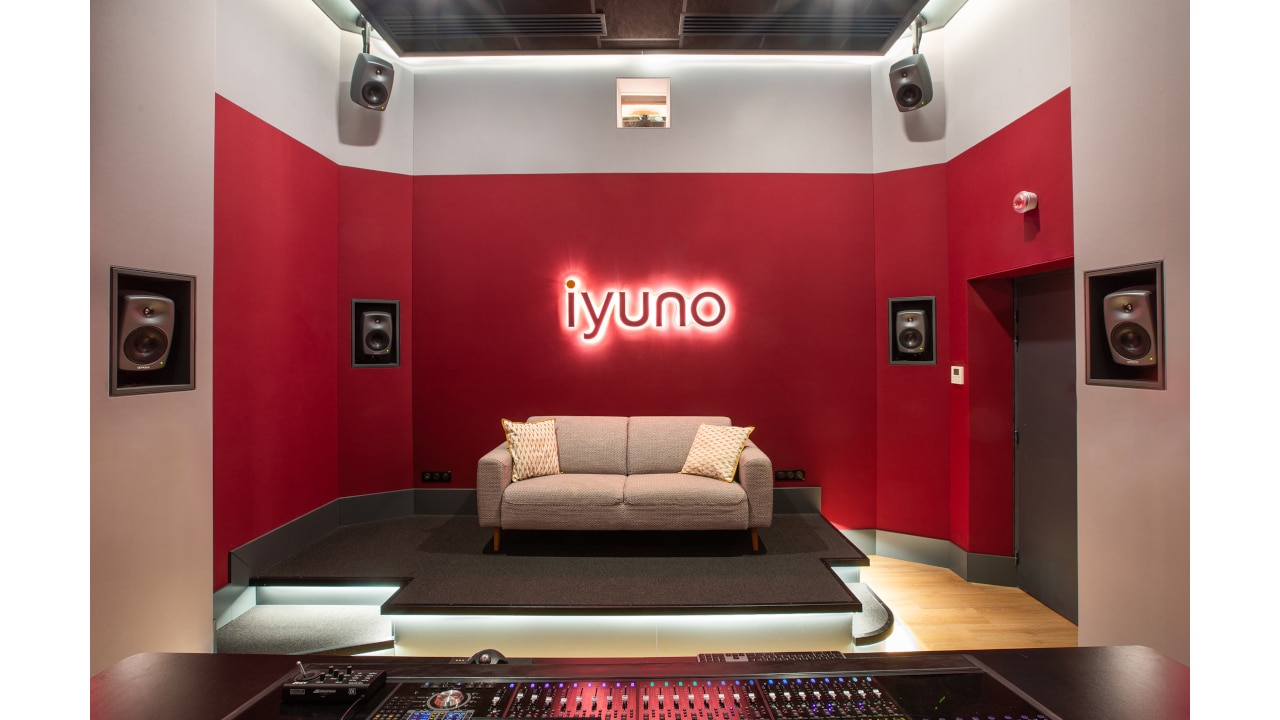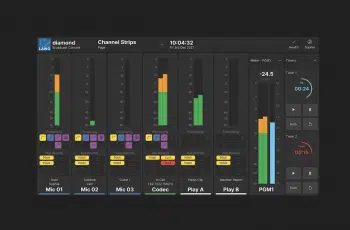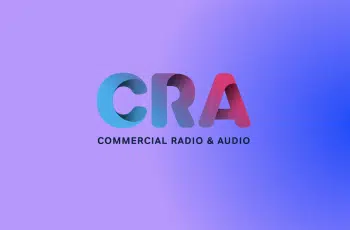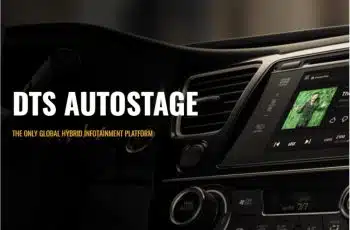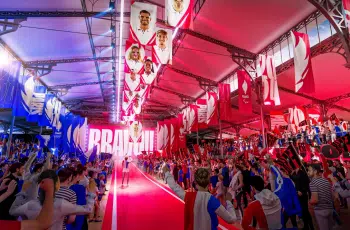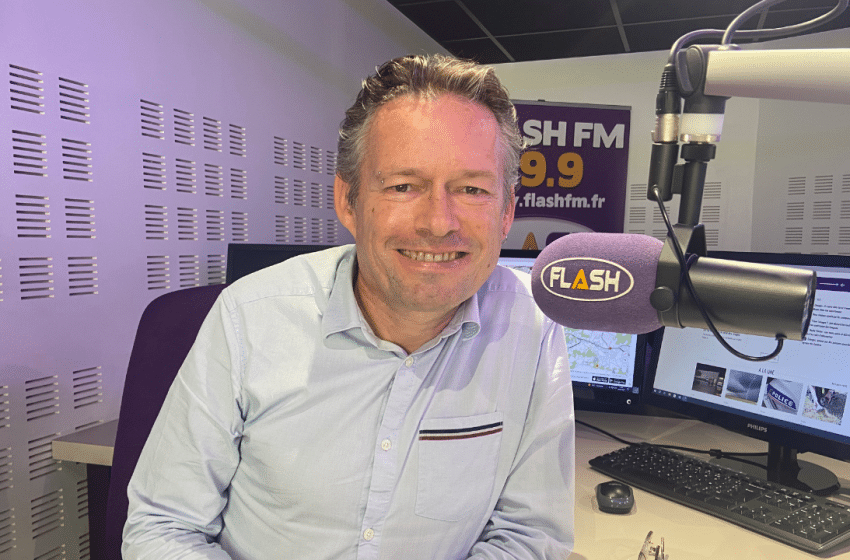
LIMOGES, France — Flash FM is 21 years old and began with a computer on a chair. From this small community radio station in Limoges in Haute-Vienne, a commercial medium emerged, with five FM frequencies, two DAB frequencies and 75,000 listeners per week in four regions in west-central France. Like many radio stations, Flash FM’s future lies in DAB+.
With the continued rollout of broadcasts, more than 60% of France’s population will be covered by DAB+ by early 2024. However, it’s currently difficult to quantify the audience on DAB+.
Flash FM Managing Director Pascal Thomas sets out his strategy: “We’ve been promised that FM isn’t going to disappear, but we’re in a state of uncertainty, so digital radio is compulsory for us. It’s an investment in the future, and it’s also a prerequisite for the development of our station.”
He hasn’t forgotten the development of FM, even though he knows it’s a competitive future. Flash FM has won two new frequencies in the towns of Brive and Uzerche in the department of Corrèze.
“We’ll be able to communicate that we’re finally a regional radio station for the whole of Limousin. It’s a real satisfaction to be on FM throughout the region and to be developing DAB+ in the extended Limoges area, which represents coverage of Haute-Vienne and Corrèze. Plus, our arrival in Poitiers on DAB+, something that wouldn’t have been possible with FM.” Thomas adds that he would like to launch his station in the Charente region, in Angoulême and Cognac. “That’s the whole point of DAB technology; it’s a real objective.”
An expensive technology
While the Flash FM team is enthusiastic about the prospect of growing with the new technology, it is aware of the current limitations and the drag on digital radio’s popularity. For Thomas, little is being done to make DAB+ accessible everywhere and give it the exposure it deserves.
“It’s complicated because it’s costly. You must have the financial capacity,” he says, adding that FM finances extended DAB+ with little signs of significant returns.
“It costs us between €17,000 and €20,000 a year for two DAB frequencies, and we earn nothing on that.” Indeed, finding a business model is challenging because the audience returns with DAB are close to zero. For a long time, the big national radio stations lost interest in the technology, which put the brakes on its future and enabled IP radio to take off.
I’m still convinced that in a few years, listeners will be using DAB+, which is why we’re there.
However, Thomas still believes in DAB’s future. “There have been public campaigns to encourage listeners to change their equipment. Sound quality is much better on DAB+, but the public authorities are doing nothing to help us. It’s up to us to do the promotion. We give away digital radio receivers, talk about the technology on air, and launch campaigns in the press and on social networks. But each station communicates in its own corner. Is that really effective?” He has mixed feelings, as he doesn’t see much of a stir. “We won’t win any new listeners if nothing is done. And in Poitiers, the DAB+ frequency won’t win any new listeners.” The radio man says he’s patient and is betting on the future.
“I’m still convinced that in a few years, listeners will be using DAB+, which is why we’re there.” Will we have to wait for FM to shut down? “I’m an eternal optimist; I think it can be a real success because people who understand digital radio listen to DAB+, so it’s a real hope. Some of my colleagues don’t believe in it, but I do. However, we can’t wait 15 years, perhaps five, but no more — you can’t invest in a technology without a return.”
As the director of the Limoges radio station puts it, let’s wait for this tremor to be felt so that radio stations like Flash FM can continue to grow.
The author writes for La Lettre Pro de la Radio and is a host and journalist for various radio stations.
You might also like these stories about DAB
Luxembourg publishes DAB+ roadmap
Factum Radioscape unveils MultiMuxa DAB multiplexing system
Establishing DAB+ in your country




